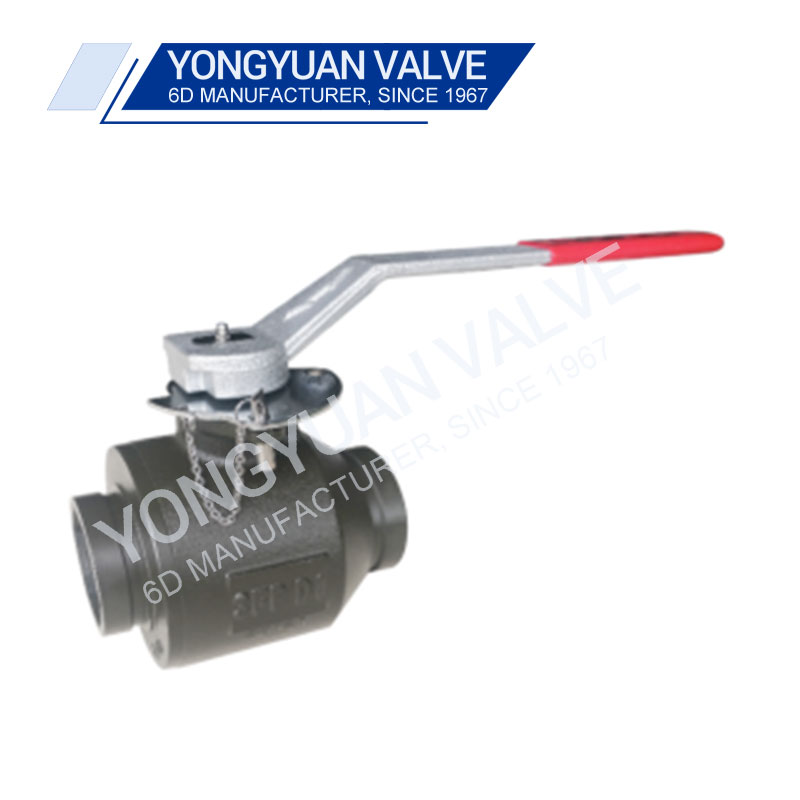What is a ball valve
2023-10-27
A ball valve is a type of quarter-turn valve that uses a hollow, perforated, and pivoting ball to control the flow of a fluid (liquid or gas) through a pipeline. The ball inside the valve has a hole (port) through its center. When the valve is in the open position, the hole aligns with the pipeline, allowing the fluid to flow. When the valve is closed, the ball is rotated 90 degrees, so the hole is perpendicular to the pipeline, blocking the flow of the fluid.
Key features of a ball valve include:
1. Quarter-Turn Operation: Ball valves are known for their quick and easy operation, as they only require a quarter-turn (90 degrees) of the valve handle to go from fully open to fully closed or vice versa.
2. On/Off Function: Ball valves are primarily used as on/off valves, meaning they are used to start or stop the flow of fluids. They are less suitable for fine control or regulation of flow.
3. Low Friction: Ball valves have low friction in the open position, which minimizes pressure drop and allows for efficient flow.
4. Durable and Reliable: Ball valves are known for their durability and reliability, making them suitable for a wide range of applications, including high-pressure and high-temperature environments.
5. Tight Sealing: When closed, the ball valve provides a tight seal, preventing leakage of the fluid. The seal is typically achieved by elastomeric seats or other sealing mechanisms.
6. Versatility: Ball valves are used in various industries and applications, including oil and gas, water distribution, chemical processing, HVAC systems, and more.
7. Materials: Ball valves can be made from a variety of materials, including metals like stainless steel, brass, and bronze, as well as plastics like PVC and polypropylene. The choice of material depends on the application and the fluid being handled.
Ball valves come in different configurations, such as two-way (2-port), three-way (3-port), and multi-port options. Two-way ball valves have one inlet and one outlet, while three-way and multi-port valves have multiple ports to control the direction of flow. Ball valves can also be manual or automated, with options for lever, gear, electric, pneumatic, or hydraulic operation, making them suitable for a wide range of operational needs.
Ball valves are favored for their reliability, ease of use, and ability to provide a positive shut-off, making them a popular choice for a variety of industrial and commercial applications where on/off control of fluid flow is essential.



